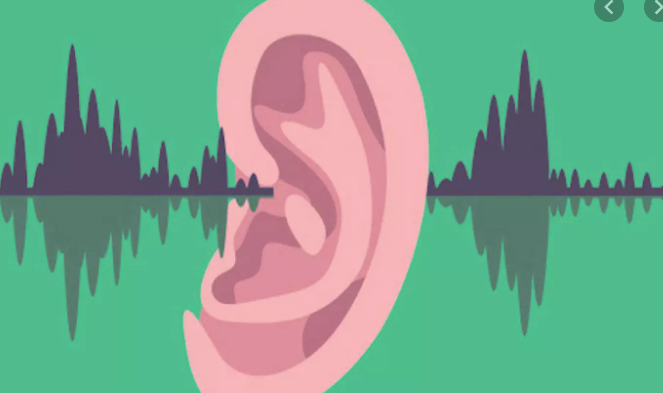Scientists develop ultra-low-cost device for age-related hearing loss
Scientists, including one of Indian-origin, have designed an ultra-low-cost hearing aid that could be built with cheaply available open-source parts, an innovation that can help hundreds of millions of older people worldwide who can't afford existing forms of the sound amplifying device.

- Country:
- United States
Scientists, including one of Indian-origin, have designed an ultra-low-cost hearing aid that could be built with cheaply available open-source parts, an innovation that can help hundreds of millions of older people worldwide who can't afford existing forms of the sound amplifying device. "The challenge we set for ourselves was to build a minimalist hearing aid, determine how good it would be and ask how useful it would be to the millions of people who could use it," said study co-author M. Saad Bhamla, an assistant professor in the School of Chemical and Biomolecular Engineering at the Georgia Institute of Technology in the US. The prototype, known as LoCHAid and described in the journal PLOS ONE, is expected to meet most of the targets set by the World Health Organization (WHO) for hearing aids aimed at mild-to-moderate age-related hearing loss, the researchers said. According to the scientists, modern hearing aids use digital signal processors to adjust sound, and are relatively expensive and power hungry. So they decided to build their device using less expensive electronic filters to shape the frequency response. The researchers said this approach was standard on hearing aids before the processors became widely available.
"Taking a standard such as linear gain response and shaping it using filters dramatically reduces the cost and the effort required for programming," said Soham Sinha, another co-author of the study, who was born in semi-rural India and is a long-term user of hearing aid technology. "I was born with hearing loss and didn't get hearing aids until I was in high school," said Sinha, who worked on the project while at Georgia Institute of Technology, and at Stanford University in the US. "This project represented for me an opportunity to learn what I could do to help others who may be in the same situation as me but not have the resources to obtain hearing aids," he added.
According to Bhamla, the electronic components of the LoCHAid cost less than one USD if purchased in bulk, but that doesn't include assembly or distribution costs. The scientists said its relatively large size allows for low-tech assembly and even do-it-yourself production and repair. Bhamla said the prototype uses a 3D-printed case and is powered by common AA or lithium ion coin-cell batteries designed to keep costs as low as possible. He said the device could be sold online or over-the-counter with focus on older adults. "When we talk about hearing aids, even the lowest of technology is quite high in price for people in many parts of the world," said Vinaya Manchaiah, another co-author of the study. "We may not need to have the best technology or the best device in order to provide value and a good experience in hearing," he added.
However, the researchers said the device's large size, an inability to adjust frequency ranges, and an expected lifetime of just a year and a half, are some of its drawbacks. They added that the cost of batteries is often a hidden burden for hearing aid users, and the AA batteries are expected to last up to three weeks, which is still an improvement from the four to five day life expectancy of common zinc-air batteries in current hearing aids. "We have shown that it is possible to build a hearing aid for less than the price of a cup of coffee. This is a first step, a platform technology, and we've shown that low cost doesn't have to mean low quality," Bhamla said.
(This story has not been edited by Devdiscourse staff and is auto-generated from a syndicated feed.)










